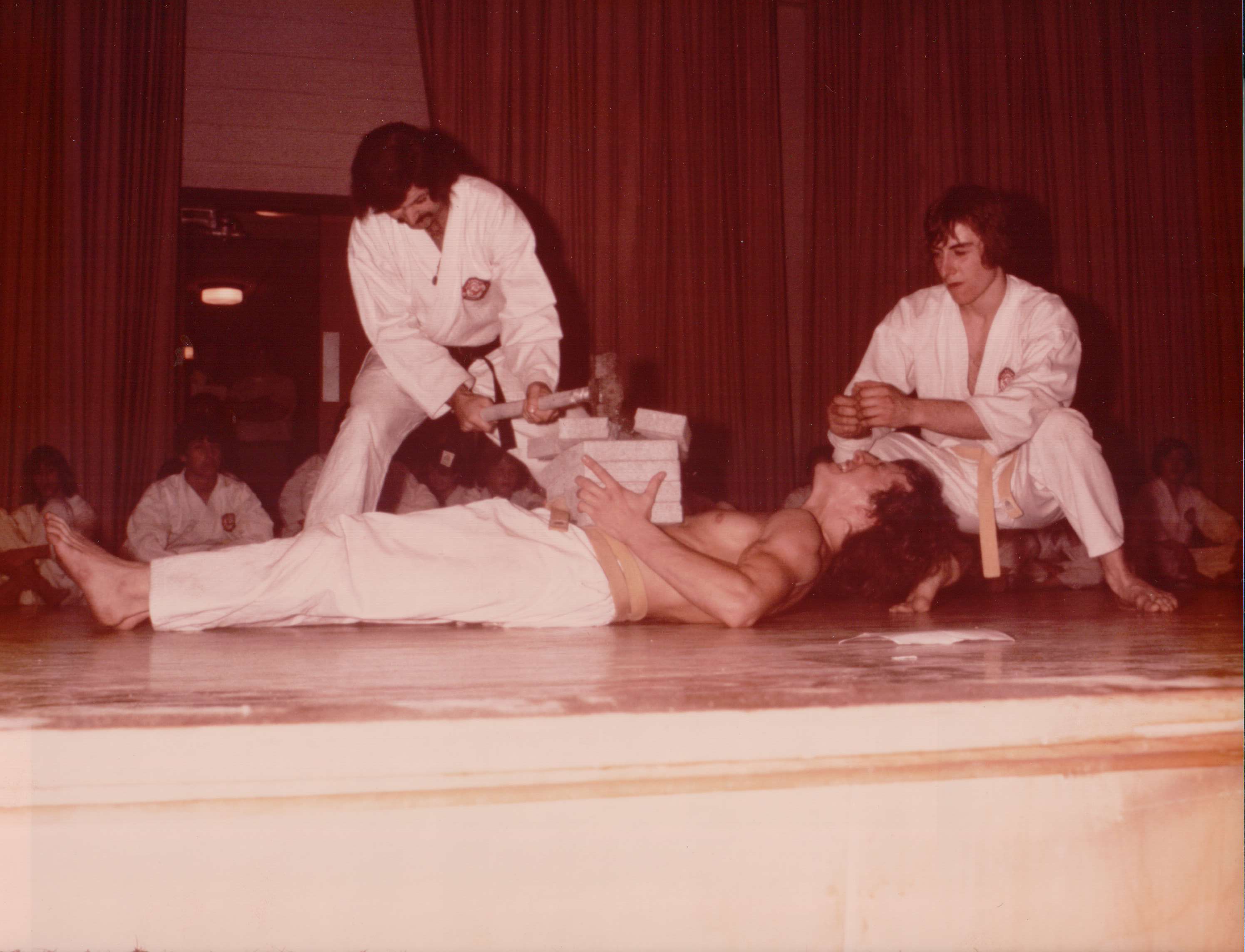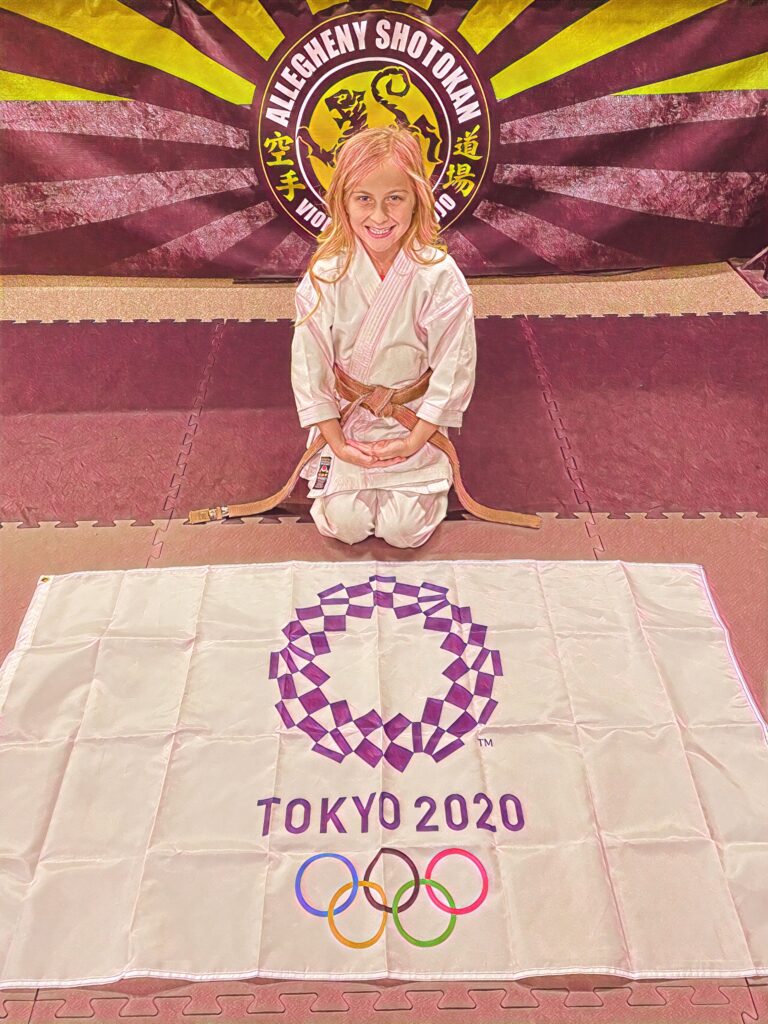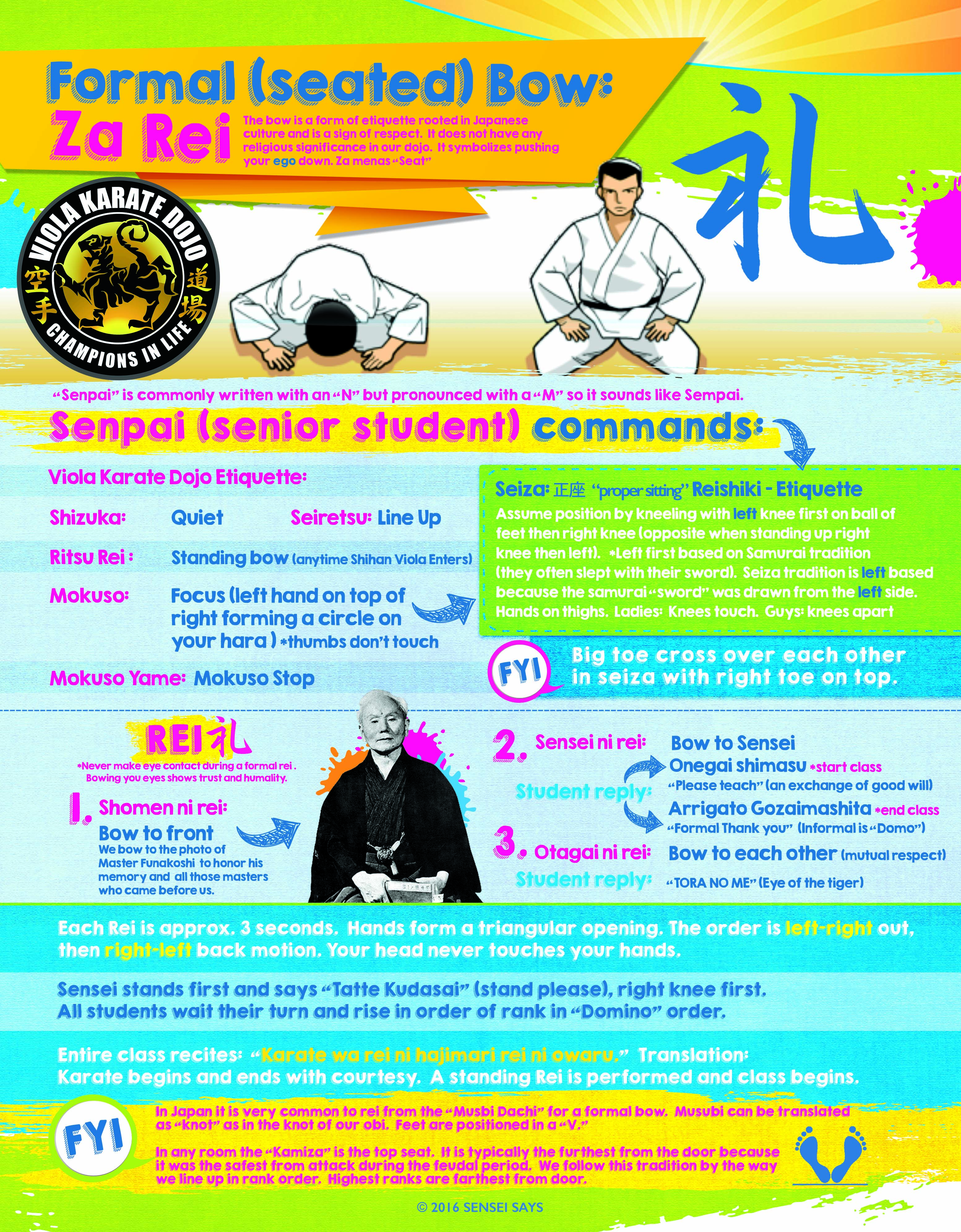Mokuso 黙想
To Focus and Clear One’s Mind

At Allegheny Shotokan “Viola Karate” we teach our kids much more than punches and kicks. We are martial wayists (budoka) or those who practice the martial way. We prepare them for the real battles–Mental. Mokuso is the Japanese term for meditation and we have adopted this practice to help clear our minds before we train. For our Norwin Ninjas we refer to this practice as “5-seconds of Shizuka” a Sensei Says skill. Loosely translated it means, “5-seconds of silence” and helps calm the children down after a fun drill. Either way, Mokuso is practiced to help relieve stress, sharpen our minds, and channel energy.
Mokuso 黙想 is an opportunity to eliminate all the stress weighing you down and enter a state of peace. This does not have any religious significance at our dojo, it is purely an exercise for controlling our emotions and concentration.
-
黙 (mo/dama) Silent
-
想 (so) Thoughts
While in your “silent thoughts” you should practice correct breathing. This will help relive tension (stress). It should be from your 腹 “hara” aka belly (not your stomach but more of a metaphysical area). Why? Your center is where your energy is stored. If you observe a new born, or even animals you will notice the abdominal breathing. As adults, we tend to breath more from our chest.
Your tanden 丹田 (field) is a few inches below your navel (deep within the hara). Samurai believed that this is where your spirit lived. It is essentially the body’s center of gravity. The tanden acts as a reservoir of vital energy 気 (Ki Energy) and through correct breathing you can charge🔌 these batteries 🔋 so to speak.
FYI: We typically perform Mokuso in 正座 “Seiza” which literally means proper/correct sitting in Japanese. (Kneeling on the floor and folding legs under the thighs and 尻 “shiri” (your butt 😂) The tops of the feet are flat and big toes cross.
-
丹 (tan) medicine (medical substance)
-
田 (den) field
Physiologically the diaphragm controls the breathing. So one should Inhale through the nose (slowly from deep within the center) and slowly exhale through your mouth.

This training also prepares you the concept of mushin 無心 (no mind).
-
無 (mu) not or without
-
心 (shin) heart-mind
Mushin is having a mind “not” fixed or occupied by thought or emotion…thus the mind is open to everything. In this state you can be to everything. Mushin is free from anger, fear, or ego during combat. In terms of Kumite, I like empathize this mindset as “no fear.” You feel no pain, you are unstoppable.
I believe you can exhibit Mushin in all areas of training: Calisthenics, Kihon, Kumite etc.

Mushin (No Fear) Shihan Viola #kumite in the 1960s
In moments of silence, it is said we can discover a pure side of ourselves. Some call it living in the moment. This “void” is a difficult concept to grasp. In Japan there is an expression, “mizu no kokoro” which means “mind like water.” The idea is to “become one” with your attacker in order to make an “instant” reactions (just like still water reacts when its touched).
So practice emptying your cup…
“Empty your mind, be formless shapeless — like water. If you put water into a cup, it becomes the cup. You put water into a bottle and it become the bottle. You put it in a teapot, it becomes the teapot. Now, water can flow or it can crash. Be water, my friend.” -Bruce Lee

Other ways to forge or train you mind. Read about Kangeiko.



